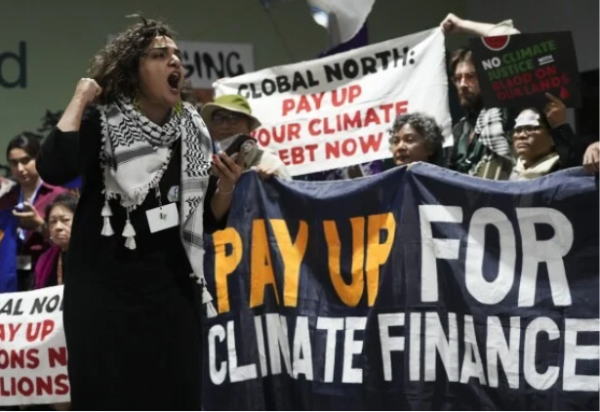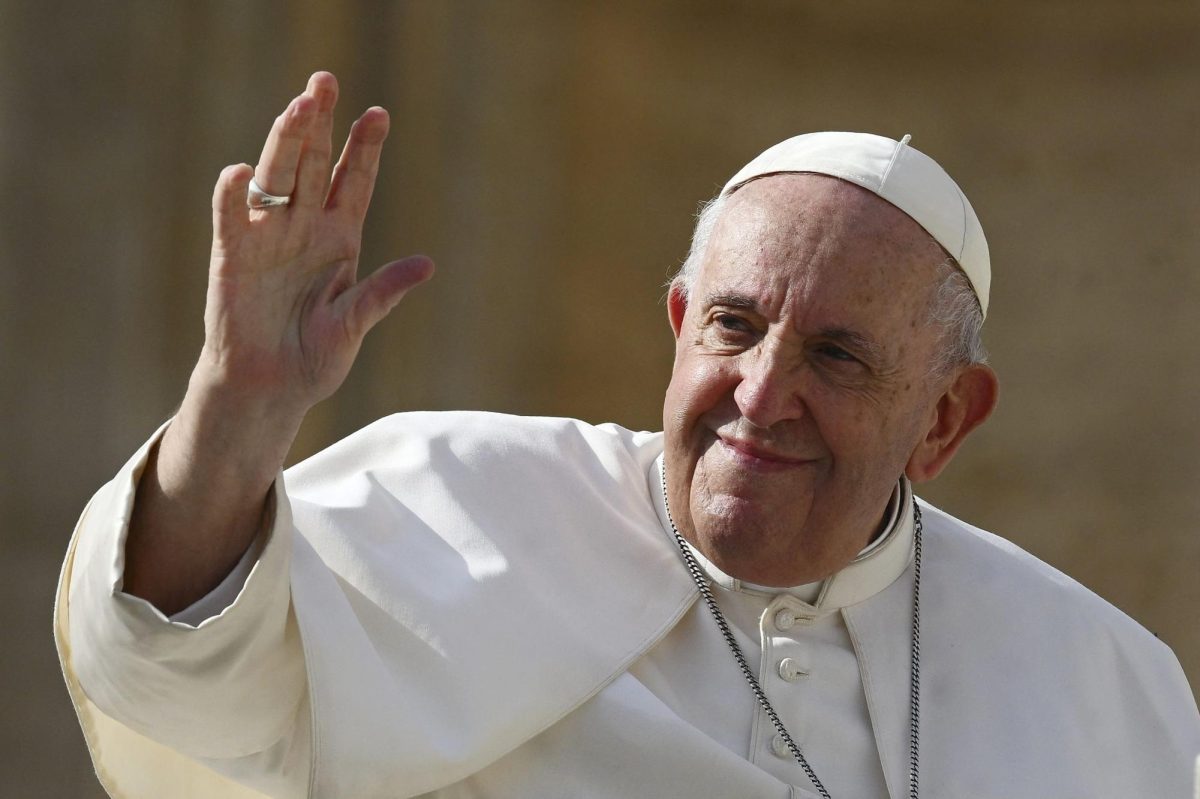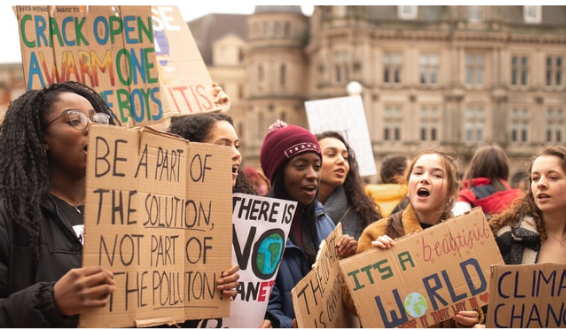The COP29, which stands for the 29th Conference of the Parties (COP) from the United Nations Framework Convention on Climate Change (UNFCCC), was held in Baku, Azerbaijan. It marked a critical moment in the global fight against climate change. Delegates from over 190 countries assembled to negotiate solutions for reducing emissions, addressing climate finance, and promoting more global collaborations in the future.
The COP is an annual global conference that helps to ensure that every country has the means and support to fight against the long-term effects of climate change. To put it into simpler terms, the annual COP is an event where countries come together to agree on solutions for addressing the climate change crisis that is in our hands right now. Some of the most exciting news from COP29 was the promise to increase climate finance for developing countries. The conference set a goal to reach $300 billion annually by 2035, helping poorer nations adapt to climate change and shift towards more sustainable renewable energy resources. This funding will act as a lifeline for countries like the Pacific Island, that are already facing rising sea levels. However, there was some skepticism, many experts from the conference said that this amount might not be enough and the amount of time that we have might not be enough for this amount of money to make the difference that they are looking for.

Another major accomplishment at COP29 was the integration of the international carbon credit trading system under the Paris Agreement. Carbon credit trading allows companies to buy and sell the right to emit a certain amount of carbon dioxide to reduce pollution levels all over the world. This system allows countries to trade carbon credits to reduce emissions more cost-effectively. It is a step in the right direction for countries to work together globally as it could generate more funding for climate projects around the world with the money that is being saved. Still, many critics wonder if this will be enough to significantly lower emissions in the long run, and how much it will truly help the rising problem.
The COP29 conference missed a significant opportunity to focus on electric vehicles (EVs) and climate-induced migration of people. EVs are becoming a major contributor to global emissions, but discussions about them are almost absent. Experts are concerned that without a major push for cleaner transportation, we will not meet our climate targets. COP29 missed an opportunity to boost the EV industry and give it the attention it needs. Additionally, there were few solid plans to address climate-induced migration, which is expected to increase in the coming decades as the rising temperatures, frequent storms, and flooding force people out of their homes and living areas. These were some major letdowns for people in organizations and also many activists.
So, what did the COP29 really accomplish? It made progress, that’s for sure. The agreements for climate finance and carbon credit trading are positive steps forward. However, the lack of focus on important issues like electric vehicles and climate migration shows we still have a long way to go. The clock is ticking, and climate change is only worsening by the second. While COP29 may have laid the preliminary measures for future climate actions, it is clear that we need to move faster and take some bolder steps to protect our planet for future generations. The real challenge lies in turning these commitments into meaningful actions—only time will tell if the world is ready to face the climate crisis directly.


































